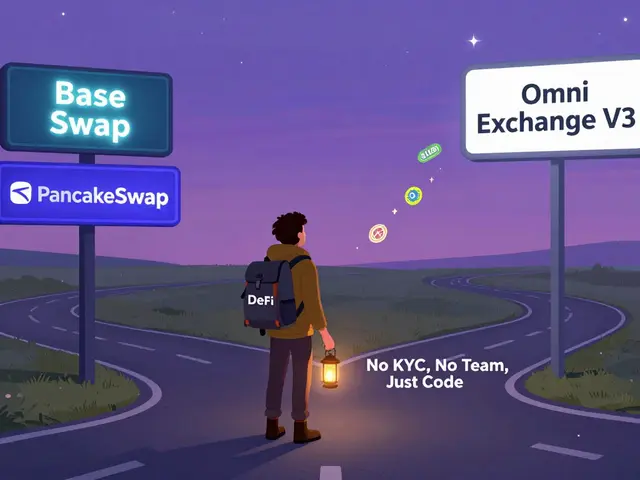Crypto Treasury Management: Strategies, Risks, and Tools
When working with treasury management, the discipline of overseeing a digital portfolio's assets, cash flow, and risk exposure. Also known as digital treasury, it helps organizations turn volatile tokens into reliable financial resources. In the world of blockchain, that means balancing token inflows, outflows, and the ever‑changing market sentiment. Whether you run a DeFi protocol, manage a corporate crypto reserve, or simply track a personal token stash, solid treasury practices keep your balance sheet healthy and your stakeholders confident.
Key Concepts for Crypto Treasury Management
One of the first building blocks is crypto treasury, the collection of digital assets a project or firm holds for operational, strategic, or investment purposes. It differs from a regular wallet because it connects to budgeting tools, governance mechanisms, and often a suite of smart contracts that automate disbursements. treasury management encompasses this whole ecosystem, requiring clear tokenomics, which we define next.
tokenomics, the economic model defining a token's supply, distribution, and utility. It dictates how many tokens flow into the treasury through airdrops, staking rewards, or token sales, and how many flow out as payments, liquidity incentives, or community grants. Good tokenomics reduce dilution risk and give the treasury a predictable revenue stream—something we see in the airdrop guides for projects like VERSE, CAKEBANK, and Dragonary across the article list.
Once assets are in place, liquidity management, the practice of ensuring that tokens can be converted to cash or other assets without excessive price slippage becomes essential. This includes allocating funds across stablecoins like XTUSD, diversifying into high‑liquidity pairs on DEXes such as Uniswap V4 or QuickSwap V3, and using automated market‑making strategies. Effective liquidity management mitigates the risk of sudden market drops and supports ongoing operations, whether you’re paying salaries in crypto or funding a new DeFi launch.
All of these components sit under the umbrella of regulatory compliance, the set of legal and reporting obligations that apply to crypto holdings, including tax, AML, and filing requirements. From FBAR penalties in the US to the banking monitoring rules in Egypt, staying compliant protects the treasury from costly fines and reputational damage. The posts on crypto tax in Singapore, El Salvador, and US regulatory updates illustrate how compliance directly shapes treasury decisions, influencing which jurisdictions you choose for mining operations or where you keep reserve assets.
Putting it all together, treasury management intertwines risk assessment, token inflow forecasting, liquidity provisioning, and legal oversight. The articles below dive deep into each of these areas: airdrop mechanics, mining‑friendly nations, VPN safety for traders, stablecoin risk, and exchange safety reviews. By the time you finish reading, you’ll have a clear roadmap for building a resilient crypto treasury that can weather market swings, comply with global rules, and fuel growth for your project or personal portfolio.
Why Multisig Wallets Are Essential for DAO Treasury Security
Explore why multisig wallets are vital for DAO treasury security, covering how they work, key benefits, implementation steps, costs, and future trends.





